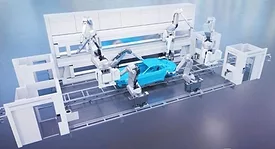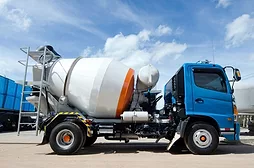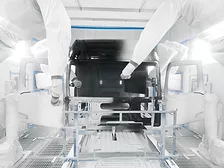Home » Automotive Coatings
Articles Tagged with ''Automotive Coatings''
Keep the info flowing with our eNewsletters!
Get the latest industry updates tailored your way.
JOIN TODAY!Copyright ©2025. All Rights Reserved BNP Media.
Design, CMS, Hosting & Web Development :: ePublishing









.webp?height=168&t=1741286817&width=275)

